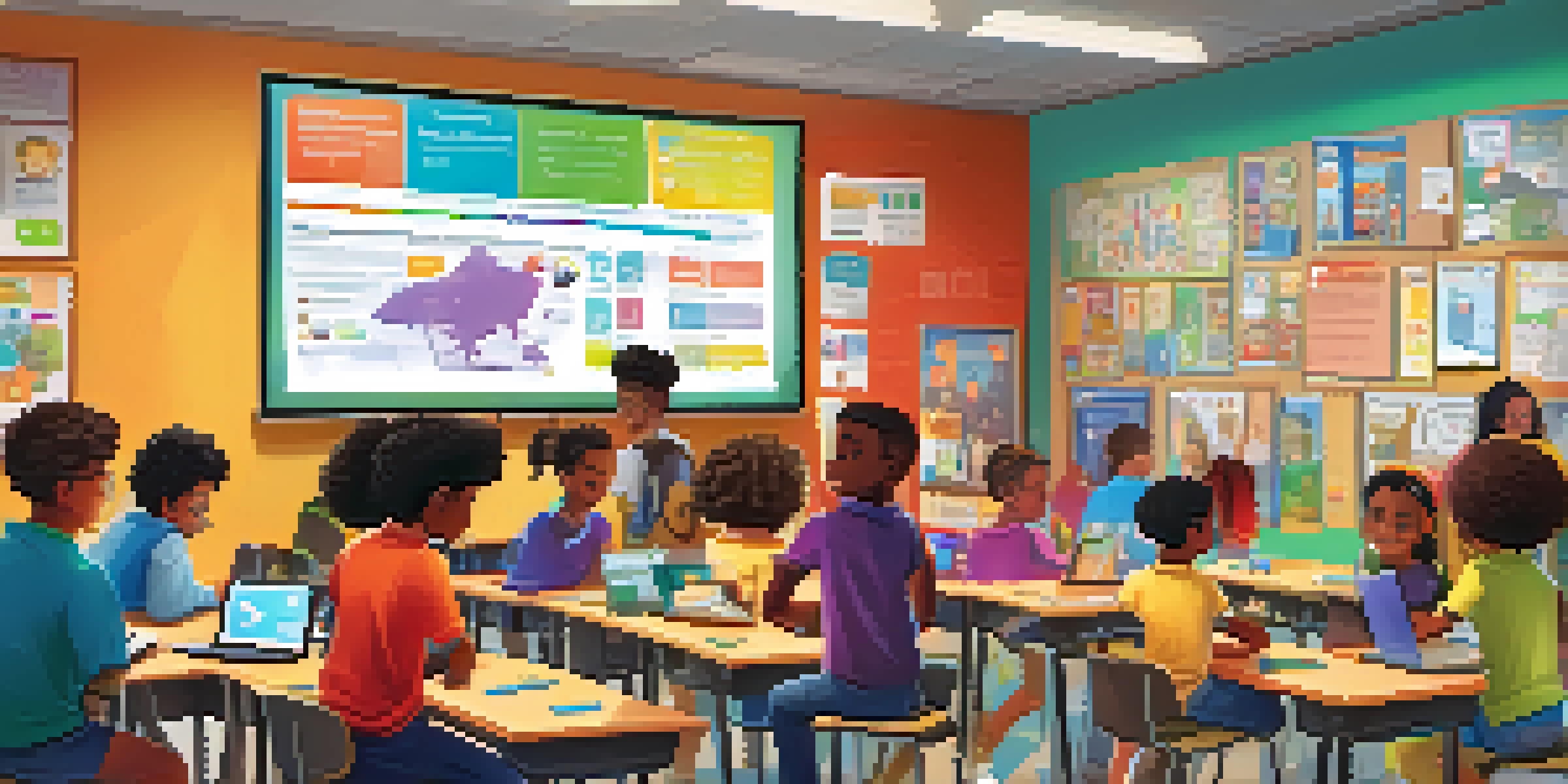Using Gamification to Enhance Self-Directed Learning Engagement

Understanding Self-Directed Learning and Its Importance
Self-directed learning means taking control of your own education, setting goals, and finding resources. It empowers individuals to learn at their own pace and according to their interests, making education a personalized journey. This approach is especially valuable in today’s fast-paced world, where traditional methods may fall short in meeting diverse needs.
What is Gamification and Why It Matters
Gamification involves applying game design elements in non-game contexts to enhance engagement. Think of it as adding a sprinkle of fun to the learning process, turning mundane tasks into exciting challenges. By tapping into our intrinsic motivation, gamification can transform self-directed learning into an enjoyable experience.
Self-Directed Learning Empowers
Taking control of one's education allows for personalized learning experiences that cater to individual interests and pacing.
Key Gamification Elements for Effective Learning
Elements like points, badges, and leaderboards can effectively motivate learners. For example, earning points for completing tasks can encourage consistent participation, while badges serve as tangible rewards for achievements. Leaderboards foster a sense of competition, pushing learners to strive for improvement and engage with the material more deeply.
Creating a Gamified Learning Environment
To implement gamification, you can start by setting clear learning objectives and incorporating game mechanics. For instance, design quizzes that reward points for correct answers and offer levels to unlock as learners progress. This structured approach not only keeps learners engaged but also gives them a sense of accomplishment as they advance.
Gamification Enhances Engagement
Incorporating game elements like points and badges into learning makes the process more enjoyable and motivates participation.
Incorporating Storytelling into Gamification
Storytelling can enhance gamification by adding context and emotional resonance to learning. Imagine embarking on a quest where each lesson is a step towards defeating a dragon; this narrative can captivate learners' imaginations. By intertwining educational content with a compelling story, learners are more likely to stay engaged and retain information.
Tracking Progress and Providing Feedback
An essential aspect of gamification is providing feedback and tracking progress. Regular updates on achievements can motivate learners to continue their journey, while constructive feedback helps them identify areas for improvement. This two-way communication fosters a learning culture that values both success and growth.
Storytelling Boosts Learning Impact
Integrating narrative into gamified learning captivates learners' imaginations, helping them stay engaged and retain information.
Challenges in Implementing Gamification
While gamification offers numerous benefits, it’s not without challenges. Some learners may feel overwhelmed by competition, while others might find gamified elements distracting. It’s crucial to balance game mechanics with educational objectives to ensure that engagement does not compromise the learning experience.
The Future of Self-Directed Learning and Gamification
As technology continues to evolve, so does the potential for gamification in learning. Virtual reality, augmented reality, and AI can create immersive experiences that further enhance engagement. By integrating these advancements, the future of self-directed learning could become even more dynamic and interactive, making education an adventure.